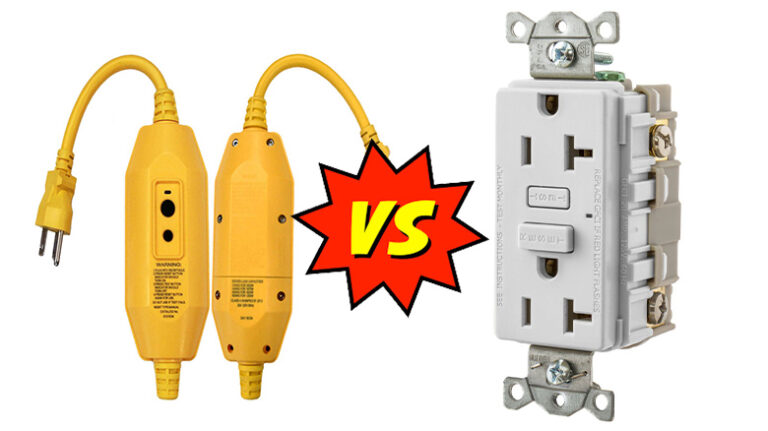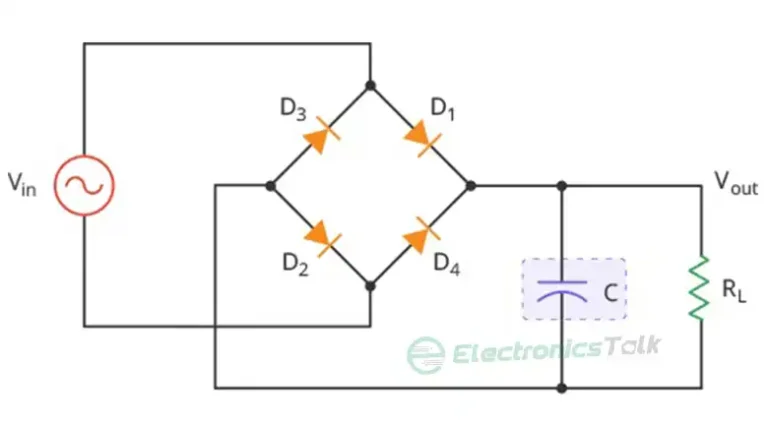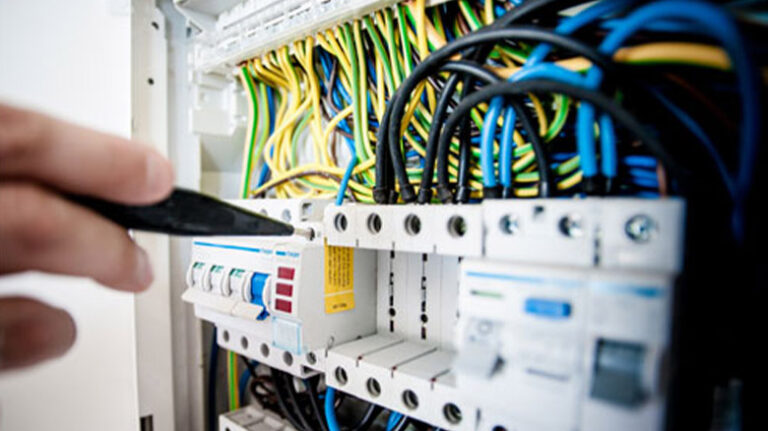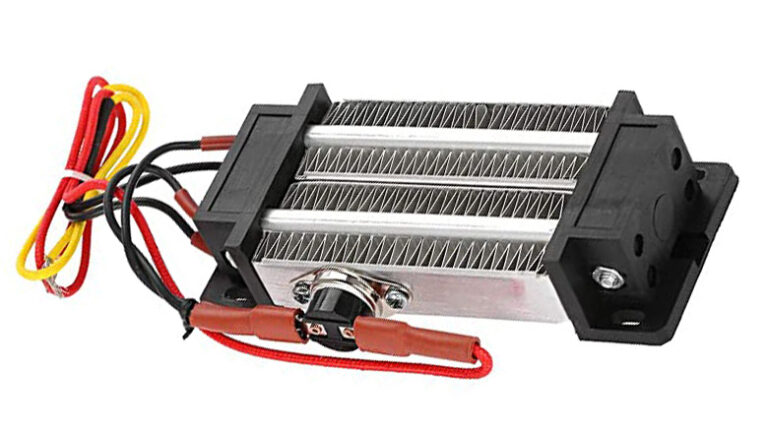What Size Wire for 15 Amp Breaker? Suitable Wire Size Chart Given Below
For 15-amp service, a 14-gauge wire is required. If the circuit is 10 amps, the wire must be 14 gauge. This is due to the fact that your home’s wiring has very little resistance built into it.

A circuit breaker is a type of electrical switch that safeguards an electrical circuit from damage caused by overcurrent/overload or short-circuit. When protective relays identify a problem, their primary job is to interrupt the current flow.
What Size Wire for 15 Amp Breaker?
For 15-ampere breakers, electricians and specialists propose wire gauges ranging from 14 AWG to 16 AWG. Because all domestic wires in the United States have a voltage rating of at least 600V, only amperage matters when selecting a wire gauge. In Bangladesh, its rating is 220V.
The diameter of a wire is determined by its gauge. The number represents its diameter. A large number indicates a thinner wire. A low number, on the other hand, indicates a larger wire. The table below shows the copper cable sizes for the associated breakers. Specifications for aluminum wires will vary.
| Capacity of Wires | Wire Size |
| 15 amps | 14-gauge wire |
| 20 amps | 12-gauge wire |
| 30 amps | 10-gauge wire |
| 40 amps | 8-gauge wire |
| 55 amps | 6-gauge wire |
| 70 amps | 4-gauge wire |
| 80 amps | 4-gauge wire |
| 85 amps | 3-gauge wire |
| 95 amps | 2-gauge wire |
Why Wire Size is Important for Breakers?
The primary reason for the significance of wire size is safety. The total size of the wire determines whether the fitting conductors of the wire can handle the amperage that will flow through it. If a wire is not built to withstand a specified amperage, it may melt and possibly catch fire.
As a result, we must be aware of the appropriate wire size and its capacity to withstand amperage load. Thicker and larger wire diameters, in general, can tolerate higher amperage loads because they can reduce the excessive heat generated by the electricity passing through the cable.
How to Calculate the Correct Size Wire for 15 amps?
The hardest part of measuring the precise wire size is determining the size of the circuit breaker. Once you know the size of the circuit breaker, you can quickly determine the size of the wire. In this case, though, you already know that the breaker is rated at 15 amps.
The wire size can now be determined using the chart. If the breaker size is unknown, follow these methods to evaluate it:
Step 1: Determine the total wattage of all the appliances in your home.
Step 2: Multiply that figure by the voltage.
Step 3: To get the right size of the breaker, double the total sum by 125 percent.
Which Wire Is Better for 15 Amp Breaker?
Aluminum wire has a lesser ampacity than copper wire. A copper wire gauge can carry more current than an aluminum wire gauge. If you have a choice between the two, choose copper. However, many people choose aluminum since it is less expensive.
Factors to Consider While Selecting Cable for Your 15 Amp Breaker
Many technicians will repeat the rules of thumb for wire size selection and rely on them in all scenarios. However, the following factors determine the wire size of your breaker:
- The conductor’s substance.
- The conductor’s (wire’s) ambient rating and termination (connection) points.
- The kind of load.
- Conditions for thermal de-rating.
- Allowable voltage drop as a function of wire length.
Best Manufacturers of 15 Amp Breakers
The Square D Homeline 15 Amp Two-Pole Circuit Breaker by Schneider Electric is intended to protect your electrical system from overload and short-circuiting. This breaker is compatible with both Homeline load centers and CSED devices. The ANSI-certified and UL-listed device is rated for 120/240 VAC and 10,000 AIR.
Homeline circuit breakers are built with the same Square D brand quality you’ve come to expect, but at a price that puts them at the top of their class. Homeline circuit breakers are the best in their class. Homeline products are specifically targeted at the domestic market.
What Happens if You Use the Wrong Gauge Wire?
Using the wrong wire gauge results in heat resistance, which can quickly create a fire hazard. Notably, each cable is designed to accommodate a specific level of voltage that is appropriate for a particular application. If you use an inappropriately sized wire, the high quantities of electricity flowing through it may cause it to melt.
Does Thicker Wire Increase Current?
The thick wire conducts current better than the thin wire. Because the resistance of a conductor is inversely proportional to its cross-sectional area. The thicker the wire, the lower the resistance and consequently the easier the current flows.
Conclusion
Bedrooms, living rooms, and family rooms that simply have lights, alarm clocks, and other small electrical appliances are typically on 15-amp circuits. Circuit breakers necessitate accurate wire sizing since it dictates how much electrical current can travel through them as well as the resistance.





